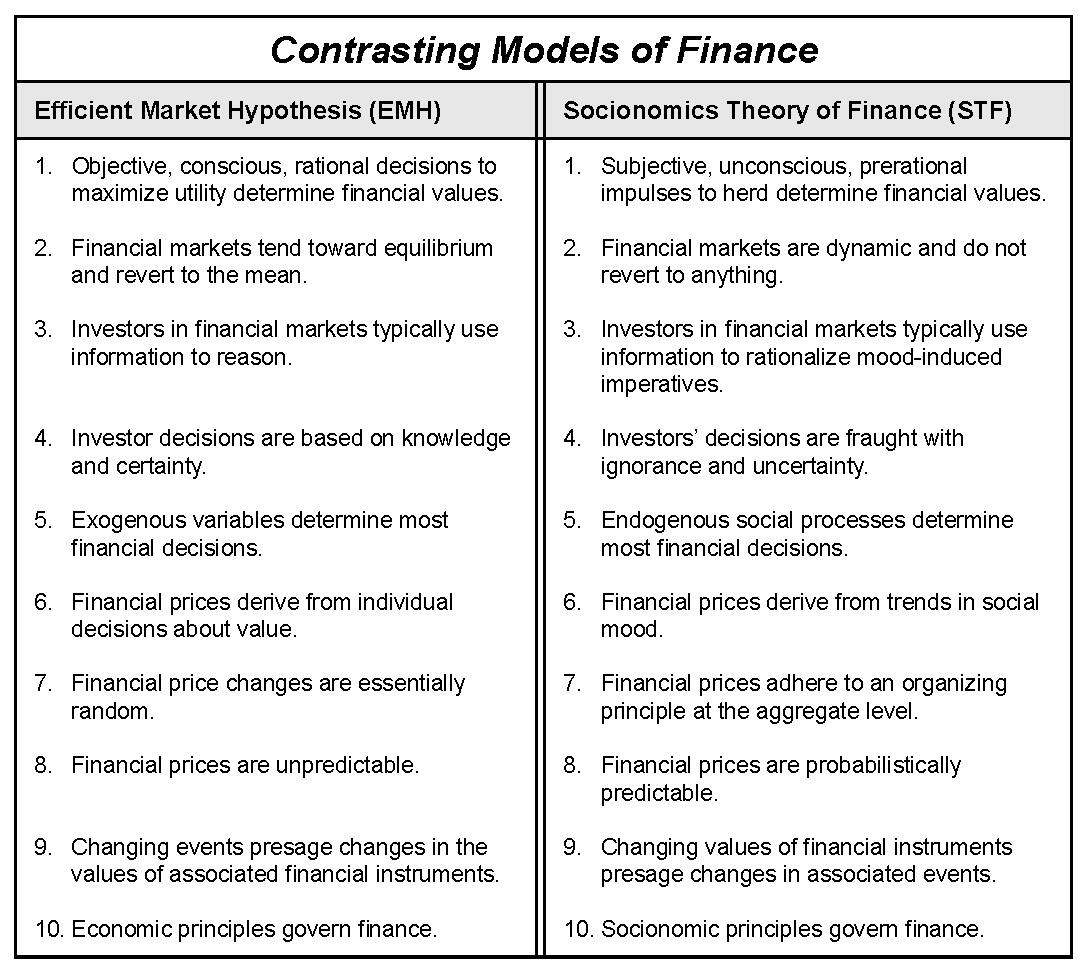
10 jobs that didn’t exist 10 years ago



 Patience is important not only in waiting for the right trades, but also in staying with trades that are working. The failure to adequately profit from correct trades is a key profit-limiting factor. Quoting again from Lefevre in Reminiscences, “It never was my thinking that made big money for me. It was always my sitting. Got that? My sitting tight!” Also, recall Eckhardt’s comment on the subject: “One common adage … that is completely wrongheaded is: You can’t go broke taking profits. That’s precisely how many traders do go broke. While amateurs go broke by taking large losses, professionals go broke by taking small profits.”
Patience is important not only in waiting for the right trades, but also in staying with trades that are working. The failure to adequately profit from correct trades is a key profit-limiting factor. Quoting again from Lefevre in Reminiscences, “It never was my thinking that made big money for me. It was always my sitting. Got that? My sitting tight!” Also, recall Eckhardt’s comment on the subject: “One common adage … that is completely wrongheaded is: You can’t go broke taking profits. That’s precisely how many traders do go broke. While amateurs go broke by taking large losses, professionals go broke by taking small profits.”


Sitting is ok when the markets are not set up for your trading edge…if you have one. If you do have a trading edge experience has taught you that there are certain times when it works, and works well, and other times when it doesn’t. The quicker you recognize the difference and make the necessary adjustments to suit market conditions, the quicker you can limit losses, thus leading to greater gains.
And right here let me say one thing: After spending many years in Wall Street and after making and losing millions of dollars I want to tell you this: It never was my thinking that made the big money for me. It always was my sitting. Got that? My sitting tight! It is no trick at all to be right on the market. You always find lots of early bulls in bull markets and early bears in bear markets. I’ve known many men who were right at exactly the right time, and began buying or selling stocks when prices were at the very level, which should show the greatest profit. And their experience invariably matched mine –that is, they made no real money out of it. Men who can both be right and sit tight are uncommon. I found it one of the hardest things to learn. But it is only after a stock operator has firmly grasped this that he can make big money. It is literally true that millions come easier to a trader after he knows how to trade than hundreds did in the days of his ignorance.
Jesse Livermore, Reminiscences of a Stock Operator
Buffett’s having fun with his new partnership-purchase of Heinz. The structure of the deal: Both Berkshire and a Brazilian private equity firm bought the company’s common stock, and then Berkshire, as the financing partner, bought a preferred stock paying 9% interest with the ability to exchange it for even more common shares later. Early results of the takeover have been encouraging and Buffett seems tickled by the creativity of the transaction. “With the Heinz purchase, moreover, we created a partnership template that may be used by Berkshire in future acquisitions of size.” Including Heinz, Berkshire now owns 8 1/2 companies that would be included in the Fortune 500 if they were standalone entities, we are told. One could envision Berkshire doing a Heinz-like transaction once a year!
 True or False
True or False
